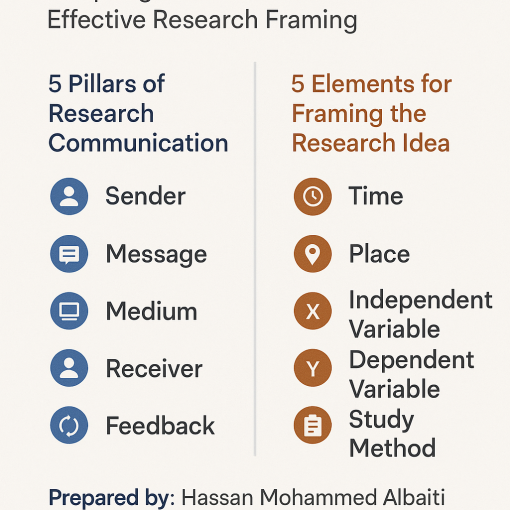It may occur to some people that the title of the article is taken from a series in which it was said, “Sixteen men died for the box.”
But my dear brother and sister, there is no objection to getting to know these characters if you think so. The important thing is that you slow down and take a deep breath before reading.
The Arabs used to rely on horoscopes to analyze a person’s personality. Every person is born with his own zodiac sign. For example, I was born in the month of December, and my zodiac sign in that month is known as Capricorn. There is no need to mention the characteristics of its owner, and these zodiac signs are ancient before the emergence of Islam.
The theoretical science that the Arabs took from the Greeks and Greeks developed in analyzing personalities through the zodiac signs, then they turned it into a legal science known as “physiognomy,” which is identifying a person’s characteristics and behaviors through his external features (recognizing the inner character through the outer character).
What indicates its legitimacy is a verse and a hadith. Al-Tirmidhi narrated on the authority of Abu Saeed Al-Khudri, may God be pleased with him, who said: The Messenger of God, may God’s prayers and peace be upon him, said: (Fear the sight of the believer, for he sees with the light of God), and then he recited: {Indeed, in that are signs for those who discern.} Surah Al-Hijr - Verse 75. Mujahid said in his interpretation (for the distinguished ones), meaning: those who look at each other.
On the authority of Anas, may God be pleased with him, with a chain of transmission traceable to the Prophet: (Allah has servants who recognize people by marking them) Narrated by Al-Tabarani, Al-Qadha’i, and Al-Wahidi.
Imam Ibn al-Qayyim al-Jawziyyah - may God have mercy on him - wrote a book called “Physiognomy” as a science, in which he cited some of the positions of the Arabs who had studied since the beginning of Islam.
The science of physiognomy continued to develop until the era of the golden Islamic civilization, and with the advent of the European Renaissance, which derived its sciences from Islamic civilization, the Europeans developed the science of “personality analysis” so that every person became able to analyze his personality himself, and this is one of the characteristics of horoscope analysis, and they added physiognomy to it, This is done by exploring a person’s desires and natural inclinations in order to analyze his personality, and this is one of the characteristics of physiognomic analysis. Thus, a third legal science was combined with these two sciences as well, which is analytical psychology, which emerged from two schools. The first school is the school of the Swiss scientist Carl Gustav Jung - the pioneer of analytical psychology, where He divided people (1919) according to certain stages: the first: open to the world (Extroverts) - introverted (introverts), then the second stage: cognitive functions (judgment or perception).
Then the American psychologist Katharine Cook Briggs and her daughter Isabel came in the 1920s to develop Jung’s theory by giving keys to letters that describe a specific personality. What is known as the MBTI appeared in 1962, which was known as the “Personality 16” test, and the reliability of this test reached, according to psychological analysts, 1962. 85%
The test consists of approximately 40 questions about natural human inclinations, and the results issued by the test have a role in identifying the personality and its scientific and practical inclinations.
It is now time for us to get to know the 16:

This, in brief, is the story of 16 characters and their continuation to the present time in all generations, past and future.




